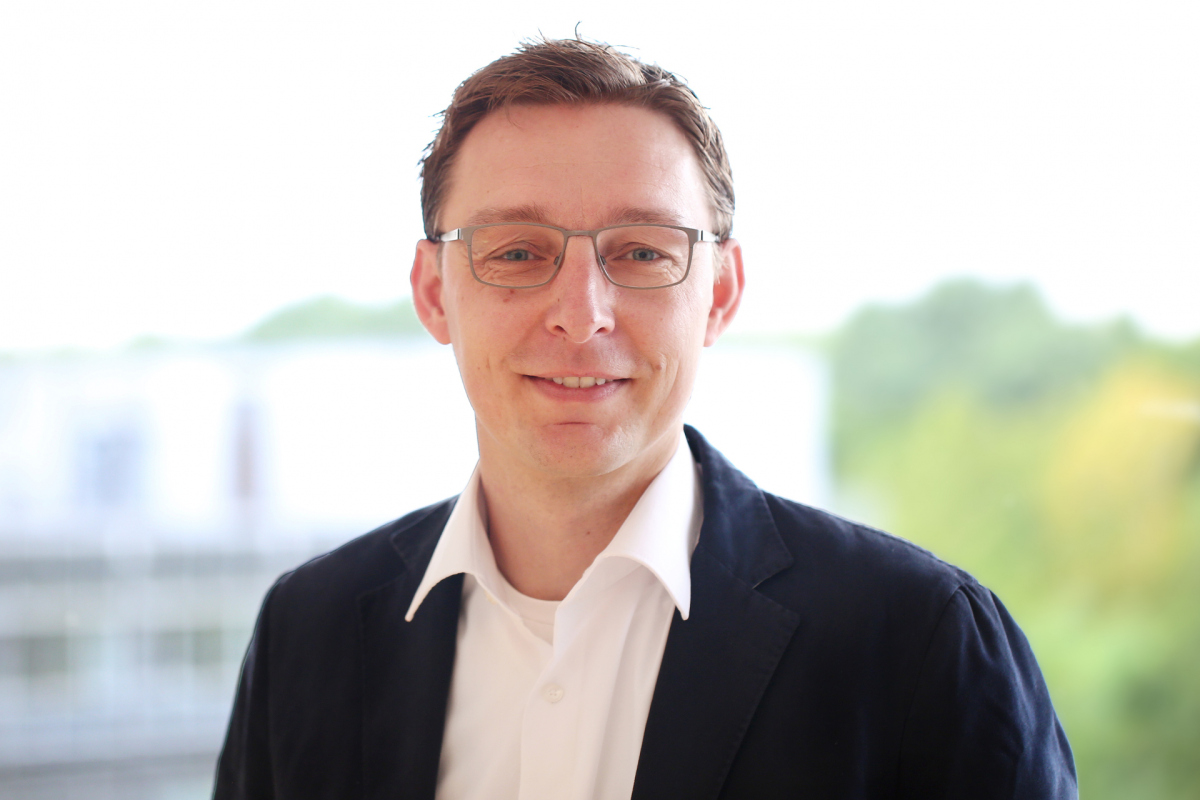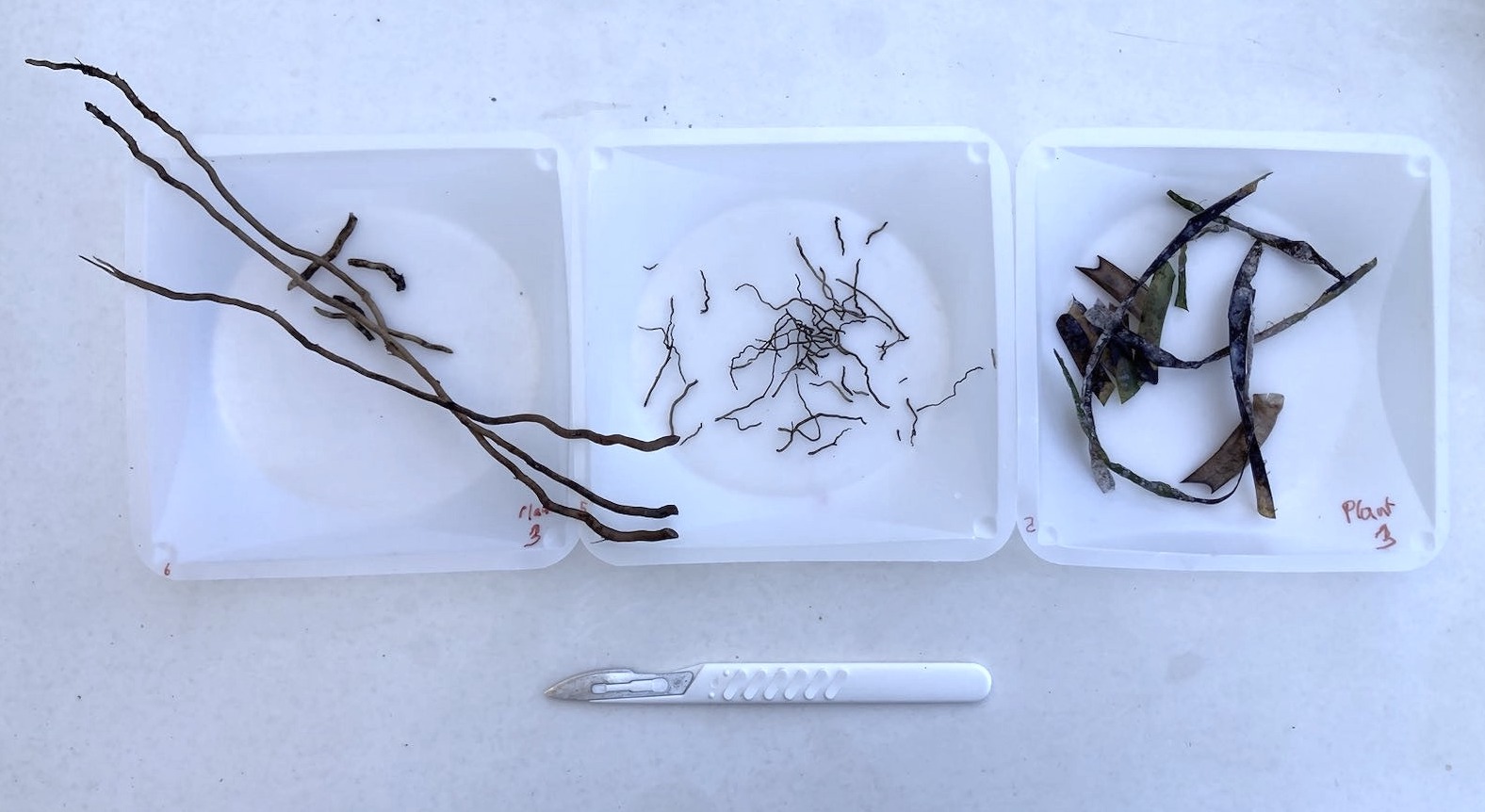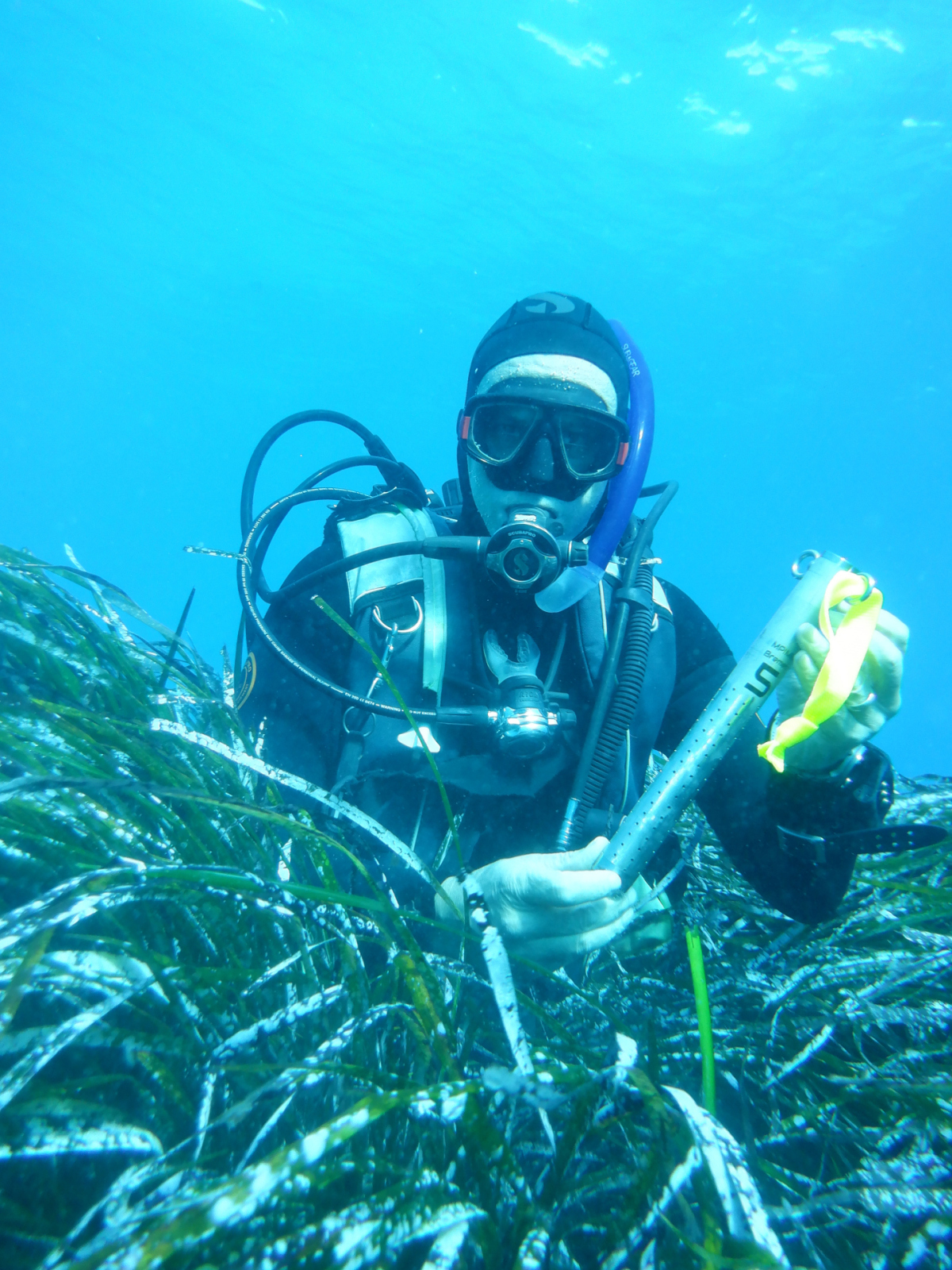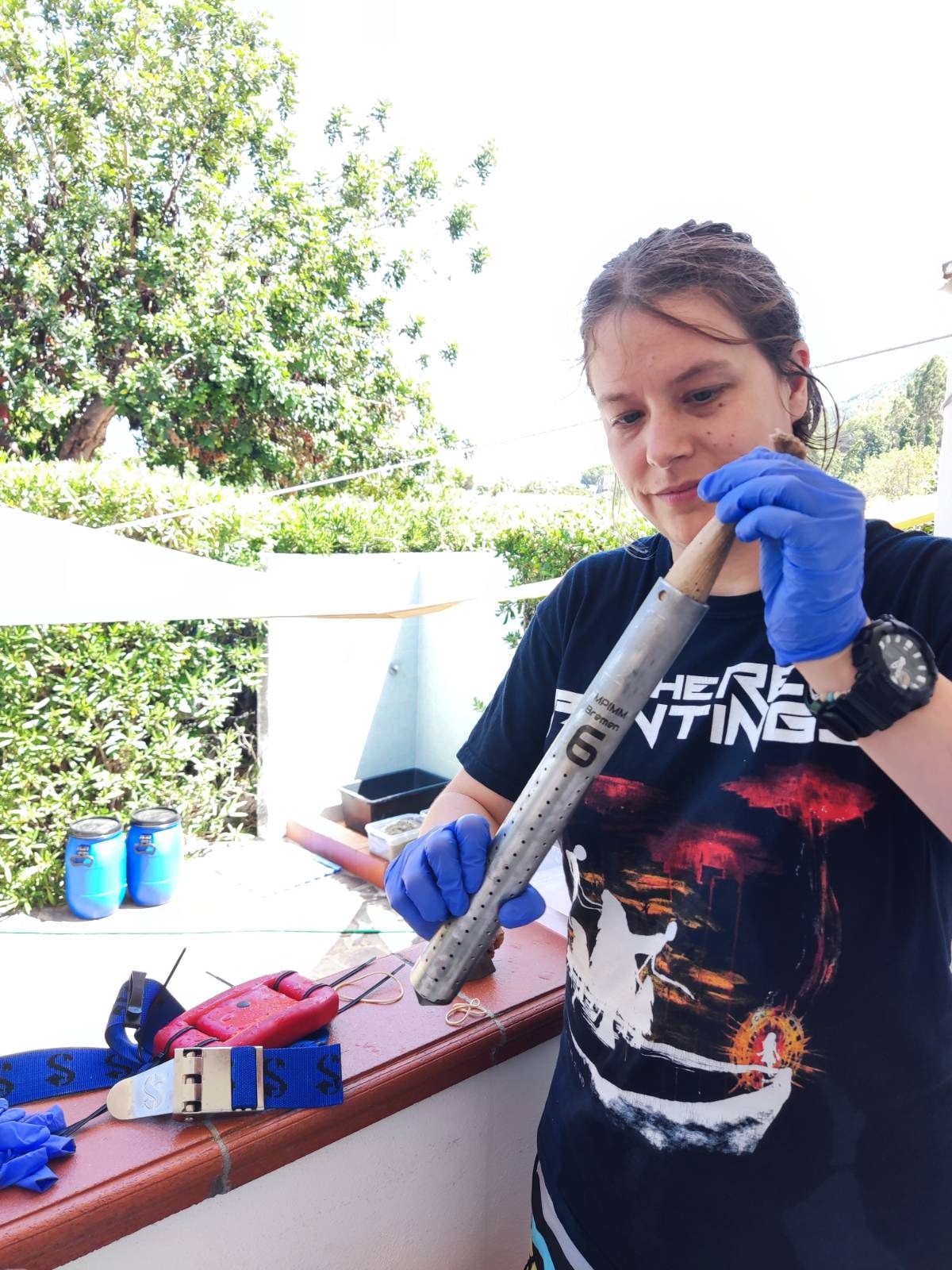- Departments
- Department of Symbiosis
- Research Group Metabolic Interactions
- Latest News
- Unveiling Coastal Ecosystem‘s Hidden Carbon Storage Secrets
Unveiling Coastal Ecosystem‘s Hidden Carbon Storage Secrets
The Global Quest for Carbon Solutions
In a world grappling with the urgent need to mitigate carbon dioxide (CO2) emissions resulting from anthropogenic activities, the search for innovative solutions has never been more critical. Alongside reducing these emissions, the removal of carbon dioxide from the atmosphere is an essential component in combating the consequences of climate change.
Coastal ecosystems, found in tidal zones worldwide, are at the forefront of this carbon storage battle. Mangroves in tropical and subtropical regions, salt marshes dominating temperate zones, and ubiquitous macroalgae and seagrass meadows all contribute significantly to the carbon storage efforts. These ecosystems excel at efficiently absorbing, binding, and retaining vast quantities of carbon dioxide, not only in their plant matter but also within the underlying sediments and their pore waters, in the form of organic material.
The Secret of Coastal Ecosystems
One remarkable feature of coastal ecosystems is their ability to store carbon for extended periods. In the predominantly anaerobic, oxygen-depleted sediments, carbon is slowly decomposed, endowing coastal ecosystems with immense carbon storage potential, making them indispensable carbon sinks.
Within the ongoing sea4soCiety project, researchers are investigating how efficiently mangrove forests, seagrass meadows, macroalgae, and salt marshes can capture and retain carbon. A particular focus of their research is on pore water and the dissolved organic material it contains. Dissolved organic matter (DOM), an often overlooked component in previous carbon storage approaches, holds tremendous potential for CO2sequestration. Oceanic DOM represents one of the largest carbon reservoirs on Earth's surface, and it is enriched under oxygen-limited conditions, such as those found in coastal ecosystems.
Discovering New Carbon Storage Mechanisms
Recent research within the project has unveiled an intriguing enrichment mechanism underneath seagrass meadows, where significantly higher amounts of sugars are found compared to surrounding marine sediments (Sogin et al., 2022). Polyphenols, also produced by seagrass, slow down the microbial decomposition of sugars and other DOM in this habitat, stabilizing it against conversion into CO2 and thus enabling its long-term storage.
These discoveries are of paramount importance in assessing the carbon storage capacity of coastal ecosystems and identifying factors that can enhance this capacity. They offer a promising avenue to increase CO2 uptake from the atmosphere in the long term.
Challenges and Innovative Techniques
One challenge in uncovering these interactions is the direct detection of substances or metabolites (intermediates or products of metabolic processes) in situ. A promising method to investigate the chemical diversity of metabolites in the ediment is the use of a novel adsorbing resin. Buried in sediment for 24 hours within permeable nets, this resin captures substances that can be later extracted and analyzed in the laboratory using liquid chromatography and mass spectrometry. Implementing this method will increase the available analytical window and allow to capture a broader variety of metabolites. When combined with metagenomics, which allows the analysis of biosynthetic gene clusters in these sediments, it becomes possible to find our which microbes produce which metabolites.
Unlocking Coastal Ecosystem‘s Hidden Potential
The ambitious research now supported by the Andreas Rühl Foundation aims to harness the enormous potential of metabolomic fingerprinting in coastal ecosystem sediments. By utilizing the innovative resin and metagenomics in conjunction with pore water analysis, this research seeks to reveal the intricacies of carbon storage mechanisms at the molecular level.
The project's goal is to identify new connections in carbon storage within seagrass and salt marsh sediments in the North Sea, Baltic Sea, and Mediterranean. The €10,000 in funding from the Andreas Rühl Foundation will be allocated towards procuring the novel resin, field work expenses, and the hiring of research divers for the installation and retrieval of resin nets to catch new metabolites.
Latest news on the project
Jana Geuer and PhD-student Bruna Imai went to the island of Elba and collected metabolites from Posidonia oceanica meadows, a species of seagrass that is endemic and common in the Mediterranean Sea.
Thanks to the Andreas Rühl Foudation, both scientists were able to travel to the Mediterranean and do fieldwork to better characterize the compounds released by seagrasses. During this field trip, they were able to test prototypes of samplers to bring the resin nets safely into the dense seagrass rhizosphere. They learned a lot about the optimal proceeding of the sampling and were able to improve greatly on the experimental setup in the field und standardize it. With the diving team of HYDRA Marine Sciences, two rounds of sampling were conducted successfully. With the collected plant material of different seagrass segments, they will analyse where which substances are mainly produced by the seagrass and which metabolites are mainly found in the rhizosphere. Pore water samples from the places where the resin nets were inserted will extend the analyses. The first samples are now back in the lab in Bremen and ready to be analyzed.
The Andreas Rühl Foundation
The nonprofit foundation was established by Andreas Rühl in June 2017. The foundation is a private initiative that pursues solely nonprofit and charitable aims.
https://en.andreas-ruehl-stiftung.de/
Please direct your queries to:
Group leader
MPI for Marine Microbiology
Celsiusstr. 1
D-28359 Bremen
Germany
|
Room: |
3244 |
|
Phone: |

Head of Press & Communications
MPI for Marine Microbiology
Celsiusstr. 1
D-28359 Bremen
Germany
|
Room: |
1345 |
|
Phone: |



